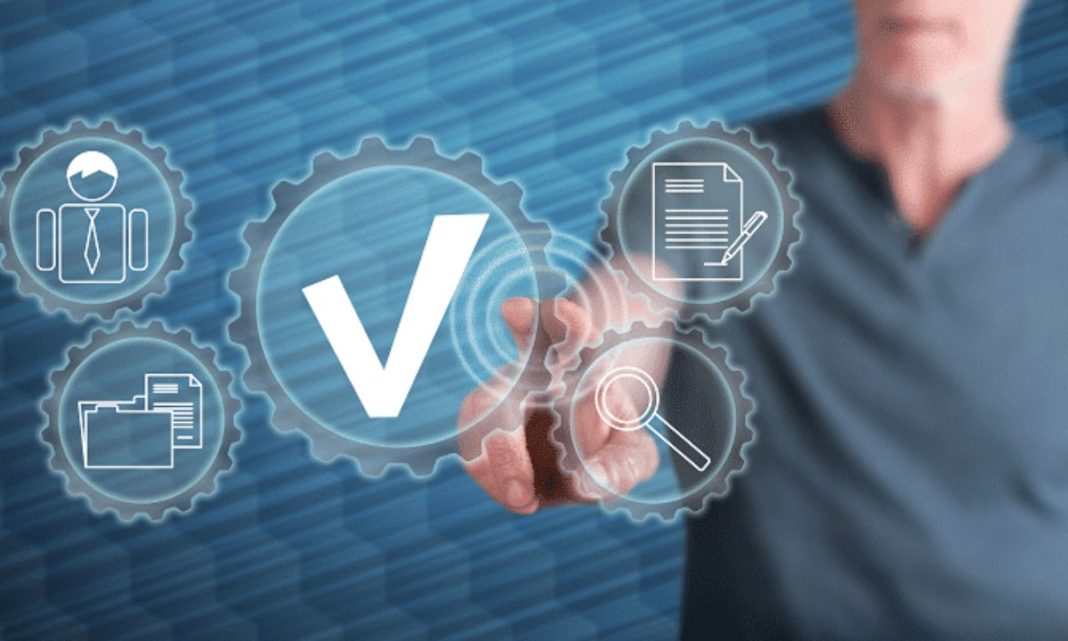Before beginning with the distinction between verification and validation, let’s get to the fundamentals and perceive what verification and validation mean in software system testing.
Verification is a comparatively objective procedure of simply checking whether or not documents, codes, and styles are correct. Software testing companies in USA give a lot of importance to the validation and verification process.
In software testing, the verification process assesses if the system is well-engineered and error-free.
On the opposite hand, validation may be an additional subjective method that checks if the software stands right to the customers’ expectations.
One of the quality validation strategies is dynamic testing.
Though most people use one word for one more, they mean a great deal completely differently. Let’s determine the main variations between validation and verification.
WebStoryHunt is the leading digital magazine website about almost everything and anything. We aim to provide our readers with informative detail about the trending stories that have been occurring around us.
Defining Verification and Validation
Intermediary functional products of a Software Development Life Cycle (SDLC) like documents of necessities, specifications, style documents, ER diagrams, Test cases, traceability matrix, info table style, etc. are checked against the software at any specific purpose to make sure that it’s meeting its specifications.
That’s verification.
It is an objective method, and therefore the software is measured against a collection listing.
Validation, which could be a comparatively subjective method, checks the software system once the development method is complete.
Through this method, software reviews concerning whether or not it’s met the wants of the purchasers and their expectations are often identified. It makes validation an additional extended and sophisticated method than verification.
Coding
Verification may be a straightforward method, and people who check don’t need any coding to try and do so.
On the opposite hand, validation needs execution code to check the software. In fact, one cannot complete validation while not implementing a code.
Checking Types
Verification could be a manual method and needs humans to ascertain all the documents and files of the computer code.
Validation is exactly the other and is entirely a computer-based method. It makes verification a static technique and validation a dynamic one.
Sorts of Testing
Common kinds of verification strategies embrace desk-checking, walk-throughs, and reviews, whereas most used validation strategies embrace grey box testing, recording equipment purposeful testing, and white box structural testing.
In the verification method of table checking, the tester acts sort of as a pc and follows a formula that adheres to the logic that’s applied for developing the software system.
Black box purposeful validation testing could be a kind of software system testing technique exploitation that you’ll check the software system while not touching the inner code structure of the software system, inner methods, and implementation details.
The process is barely involved with what’s the input and output of the software system and isn’t involved concerning its internal data.
Main Purpose
The end goal of verification is simple. All the method checks are if the software meets its mentioned specification.
Validation, on the opposite hand, is kind of advanced and checks if the computer code meets the user’s expectations and necessities.
Errors Assessment
Both the verification and validation processes rely upon one another.
The mistakes which will be found by verification cannot be found by validation and thus while checking computer code each process should be used.
It offers the tester a well-rounded image of reality and what it’ll fancy to reach the set goal.
The Things That the Procedure Assists to achieve
Both processes are precise and have a hard and fast finish goal. The aim of the verification method is that everything is in situ from computer code design and necessities specification to complete the style, info style, and high level.
On the opposite hand, validation targets the particular product and checks if all modules are integrated and therefore the software works effectively and even as wished.
The Performers of the process
Software testing companies in the USA have QA teams. They are allotted the responsibility to conduct the verification method.
They have to match the software with the specifications that are mentioned within the SRS document.
Since validation needs cryptography, a testing team carries out the method.
The Time At which the method Takes Place
Verification is finished throughout the event of the software whereas validation takes place once the computer code is developed.
It implies that verification takes place before validation and on condition that all necessities within the former method square measure meant, the latter method is often conducted.
The Cost Incurred By The Errors
The process of verification could be a low-level exercise, and therefore the price of repairing errors that are found is a smaller amount.
On the opposite hand, validation could be a high-level exercise, and therefore the price of fixing errors known throughout the method is extremely high.
Because validation could be a high-level exercise, the results are a lot more sturdy and valued because it ensures the prime quality of the merchandise.
Conclusion
After viewing the discussion above, it can be said that Verification needn’t be meted out by an applied scientist, however, validation should be meted out by one as a result of it involves committal to writing. Software testing companies in the USA follow the verification method that would possibly or won’t embody the product. However, validation desires the merchandise to hold on to the procedure. Most of the time, verification is conducted on documents that present the ultimate style of the software system.

